We explain what Fungus is, its origin, habitat and how it is classified. In addition, its characteristics, reproduction, feeding and etc.
What is fungus?
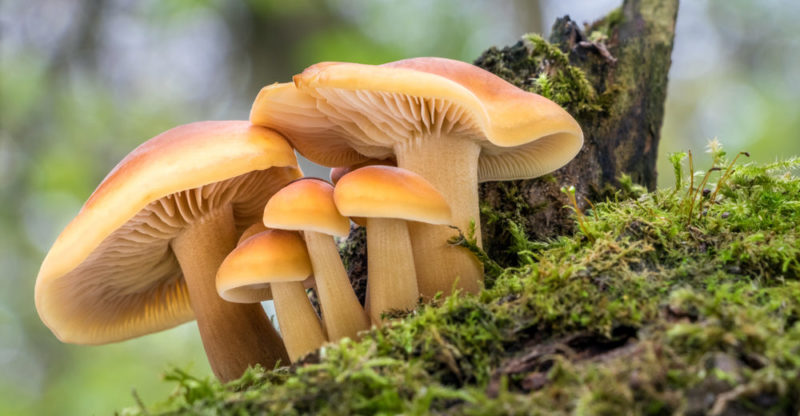
Living beings belonging to the Fungus Kingdom, one of the groups in which known life is classified, are commonly called mushrooms. There are more than 144,000 different species of fungus, including yeasts, molds, and mushrooms.
This Kingdom is characterized by certain its immobility due to having a heterotrophic diet and by presenting cells with a chitin cell wall. The science that studies fungus is mycology.
Fungus exist throughout the world and in different habitats, appearing in different forms and presentations. The traditional idea of the mushroom, the mushroom, with a speckled cap and elongated white body, is just one of many known species of mushrooms. Many others are even microscopic.
Of the total number of fungus on our planet, only 5% have been studied and classified . It is estimated that there are around 1.5 million species that have not yet been identified, since it was formerly thought that fungus were a type of plant. Advances in biology allowed them to be distinguished and to constitute a separate biological edge.
How did fungus originate?
The fungus separated from the other kingdoms about a billion years ago. However, they still share with the plant kingdom characteristics such as the lack of locomotion and the type of body structures. They are also close to protists in their biochemical makeup .
Being eukaryotic organisms , it is a more modern evolutionary branch, compared to the prokaryotes of the monera kingdom. In fact, its cellular structure resembles that of plants, with notable differences, such as the absence of chlorophyll.
How are mushrooms classified?
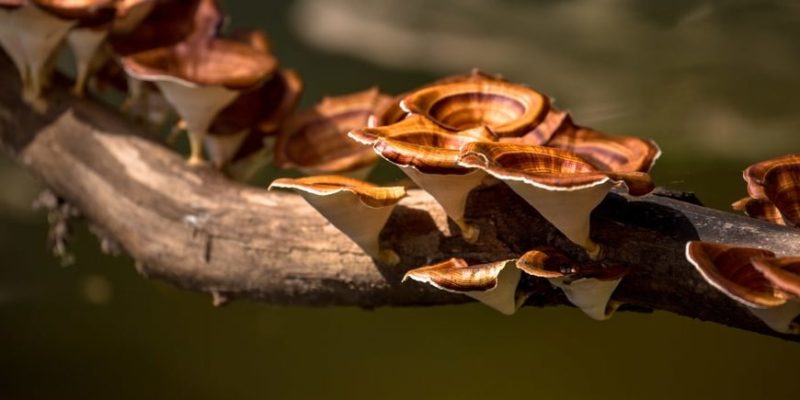
Fungus is classified into four large groups, according to their nature:
- Saprophytes: They feed on the decomposition of organic matter from other forms of life, such as plants and animals. These fungus can be specific or not, that is, they can feed on a certain type of organic matter, or on anyone in general.
- Mycorrhizal: They establish a symbiotic relationship with plants, proliferating in their roots and exchanging mineral nutrients and water (generated by the fungus) with them in exchange for carbohydrates and vitamins (generated by the plant and which the fungus is unable to synthesize). This type of relationship is called mycorrhiza.
- Lichenized: Lichens are symbiotic organisms product of the union of a fungus and an alga or cyanobacteria, establishing a close relationship of various kinds. Together they provide moisture and nutrients, proliferating better than separately.
- Parasites: Those that proliferate within the body of other living beings or established on its surface, feeding on them and often causing them various damages in the process, which can be minor or fatal.
How do fungus reproduce?
Fungus can reproduce sexually and asexually, but always through spores. These are forms resistant to the environment that, given the optimal conditions to develop, germinate and create a new specimen of the fungus.
The spores are equivalent to the seeds of trees. Once they find the right conditions, their growth can be very fast. In some cases it can even be seen with the naked eye, for example, a tropical mushroom grows about 5mm per minute.
Microbiology
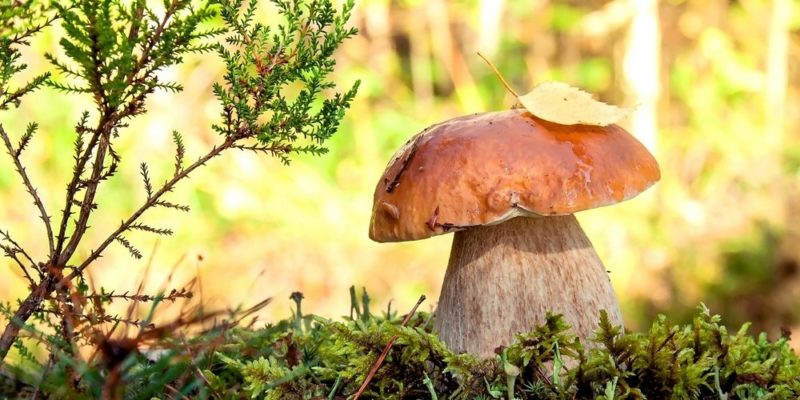
The cells of fungus are similar to those of plants and animals, in the sense that they are eukaryotic, that is, they have a defined cell nucleus . Similar to plants, they have vacuoles and a cell wall.
However, they differ from plants in that their cell wall is made of chitin instead of cellulose, as is the case in plants. Also, fungus do not photosynthesize, so they do not have chloroplasts.
On the other hand, the cells of the fungus usually have a filamentous, elongated and tubular appearance. They often have multiple nuclei, along with vesicles that store proteins, lipids, and other organic molecules. They are usually multicellular, but there are also unicellular and microscopic species, such as yeast.
Where do fungus live?
Fungus can be found in a huge diversity of habitats. Some species prefer humid environments rich in humus (decomposing organic matter), such as the soil of deciduous forests, especially in rainy seasons.
Other species flee from sunlight and thrive in dark and humid environments, such as the famous black mold, which is highly toxic. They are mostly terrestrial.
There is fungus that resist conditions unsuitable for most of the members of the kingdom. For example, fungal species have been found in deserts, in extreme salinity environments, on the ocean floor, in environments exposed to ionizing radiation. This gives us an idea of its adaptability.
Lastly, many species are strictly parasitic. This means that they can only be found on or within the bodies of the plants and animals on which they feed, at the cost of harming and eventually killing them.
How do mushrooms feed?
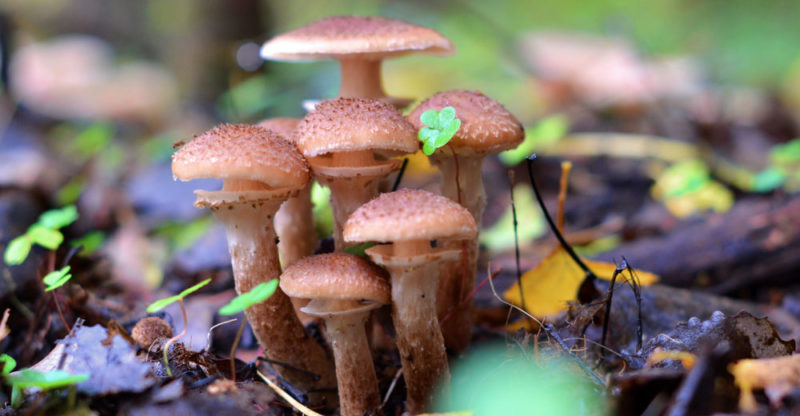
Fungus is heterotrophic, that is, they do not generate their own food like plants. To sustain themselves, they require the assimilation and decomposition of organic matter, work that they carry out in different habitats and conditions.
That is why they tend to proliferate in suitable environments, generally associated with humidity, the abundance of organic matter (especially in decomposition) or darkness.
Biological importance of fungus
Fungus play an important ecological role, helping to break down organic matter in soils and dead animals or plants. This is a task they share with bacteria and some species of insects.
In that sense, they are part of the nature recycling department. The exception are those parasites that, on the contrary, are disease-causing.
Diversity of uses of mushrooms

Mushrooms have been used in various ways by many human cultures. Some species serve as an ornament of gardens and environments, due to their cheerful color. For centuries various cultures have used them as part of rituals.
Its use as food is very common . In some cases they are eaten directly like mushrooms and other mushrooms. But it can also be food for livestock, or participate in the food industry, as occurs with the yeasts used in the bakery and in the manufacture of beer.
Poisonous fungus - Amanita Muscaria
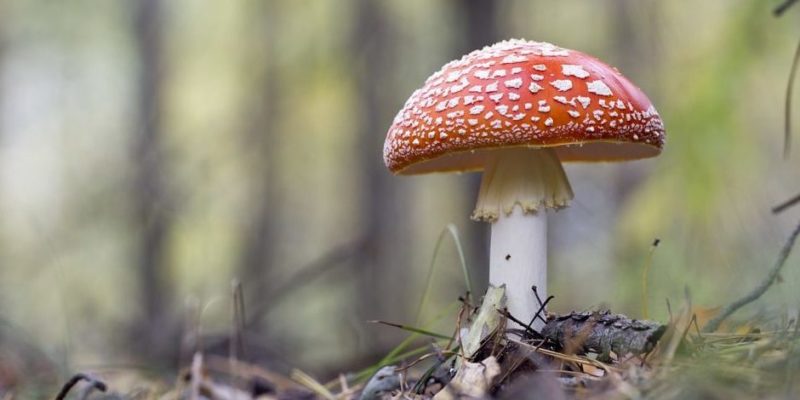
Some species of fungus secrete toxins that make them potentially lethal if ingested. The enzymes of these poisonous mushrooms induce tachycardia, vomiting, colic, cold sweat, thirst, bloody excretions or even the decompensation of blood pressure.
Depending on the amount consumed, the patient may suffer necrotic damage to the liver and kidneys. In some cases an immediate transplant is required.
There is no general rule of thumb to distinguish poisonous from edible mushrooms, so find out as much as possible about a species before ingesting it.
Fungal diseases
In the case of parasitic fungus, these are responsible for diseases in animals, plants and humans, depending on the particular species. For instance:
- Vegetables such as corn or fruits can be contaminated with fungus capable of destroying entire crops, such as corn blight, wheat rust, or fruit mildews. About 15% of the world's crops are victims of some type of fungal infection.
- Various human diseases are caused by the appearance of fungus, such as the so-called "athlete's foot" caused by the deuteromycete fungus ; or the vaginal yeast infection Candida albicans, candidiasis, capable of upsetting the chemical balance of the genitals.
- Many other animal species are infected by fungi, from mammals to insects. For example, the Costa Rican grasshopper is often the victim of fungi of the genus Cordyceps, which covers its exoskeleton, gradually digesting it until it is killed, wrapping it in a fungal structure and spreading its spores to other grasshoppers.
Anas is an editor of a prestigious publishing company in the United States. She studied Mathematics in Arizona. Anas is also a teacher and one of her long-term goals is to build an institution that offers free education to everyone who are financially not stable. .
Leave a reply
Your email address will not be published. Required fields are marked *Recent post

Sport: What Is It, Types, Risks, Features, Characteristics and Examples

Dogs: Emergence, Features, Characteristics, Feeding and Breeds

Story: Definition, Elements, Structure, Features and Characteristics

